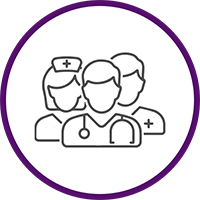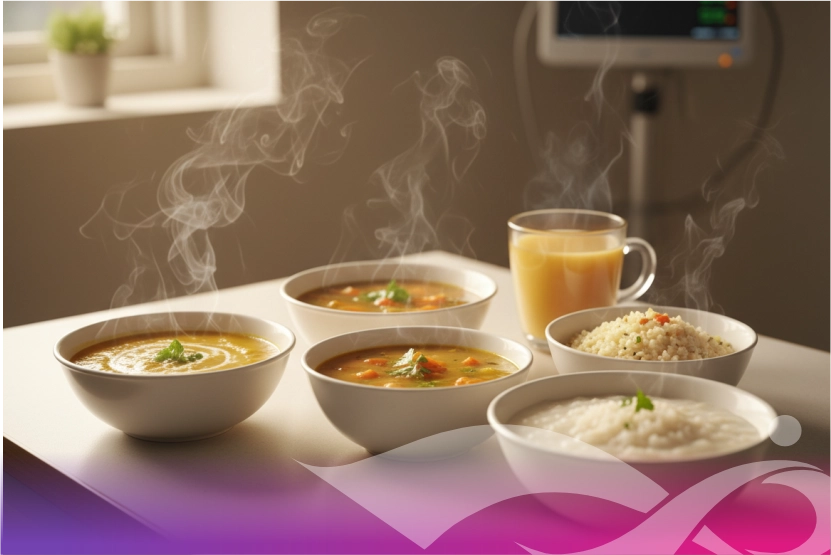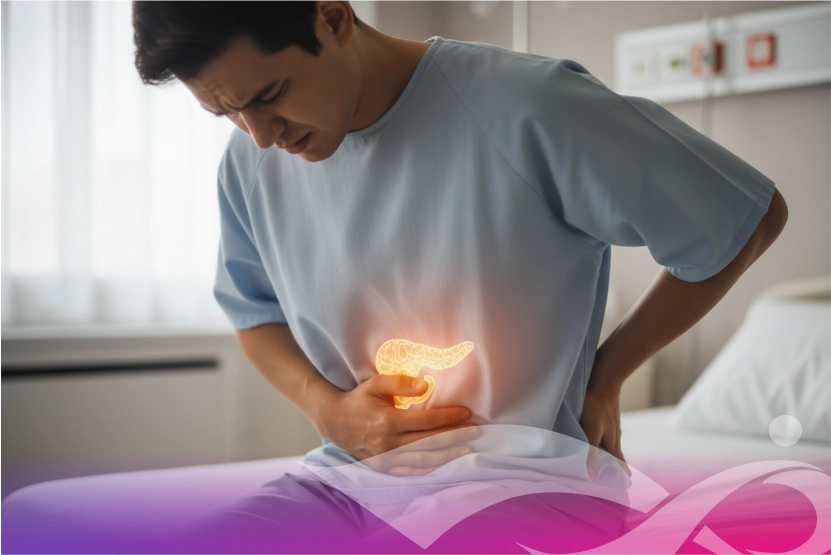When you think you might have cancer, it's important to know the steps that lead from early symptoms to a final diagnosis. A thorough diagnostic approach is necessary for cancers of the esophagus and gallbladder because their symptoms are often vague or not very specific. At the International Oncology Cancer Institute (IOCI), we use the latest technology to make sure that diagnoses are quick and accurate. This is an important step that goes beyond just noticing surface-level signs.
Gallbladder cancer: symptoms and diagnosis
It's often hard to find gallbladder cancer early because its symptoms can be confused with those of less serious problems, like gallstones. Patients may experience abdominal pain, nausea, vomiting, or weight loss that cannot be explained. If the tumour blocks the bile ducts, jaundice, which makes the skin and eyes turn yellow, may happen as the disease gets worse. This often leads to more research. The question of how gallbladder cancer is diagnosed involves a multi-faceted process. Usually, the first steps are a full physical exam and a look at the person's medical history. Blood tests, especially liver function tests and tumour markers like CA 19-9, can give you some initial clues. But imaging tests are the most important part of diagnosis. Ultrasound is often the first step. After that, more detailed scans like CT (Computerized Tomography) and MRI (Magnetic Resonance Imaging) can show where the tumour is, how big it is, and whether or not it has spread. Endoscopic ultrasound (EUS) or magnetic resonance cholangiopancreatography (MRCP) can be used to get even clearer pictures of the pancreas and bile ducts. A biopsy is the only way to be sure of a diagnosis. In this test, a pathologist takes a small piece of tissue and looks at it under a microscope. You can get this through surgery or an imaging-guided needle biopsy.
Oesophageal cancer: symptoms and diagnosis
Similarly, oesophageal cancer often presents with symptoms of oesophageal cancer in adults that can be mistaken for indigestion or acid reflux in its early stages. Dysphagia, which is the most common symptom, can start with solid foods and move on to liquids. Other signs are a cough that won't go away, hoarseness, chest pain or pressure, weight loss that can't be explained, and heartburn or indigestion that won't go away with medicine. Dysphagia gets worse over time, so people who have trouble swallowing all the time should see a doctor right away. A thin, flexible tube with a camera on the end is passed down the throat during an upper endoscopy. This is often the first step in finding out if someone has esophageal cancer. The tube can see the esophagus and take tissue samples (biopsies). Barium swallow tests use X-rays to find any problems. In these tests, patients drink a barium solution that coats the esophagus. Imaging tests like CT, PET (Positron Emission Tomography), and endoscopic ultrasound (EUS) are then used to look at the cancer's stage and how far it might spread to lymph nodes or other organs.
Early and accurate diagnosis is very important for cancers of the gallbladder and esophagus. These diseases can be very aggressive and hard to treat when they are found in their later stages. This underscores why early detection saves lives in cancer. It gives the best chance of a good outcome, whether you use radiation, chemotherapy, surgery, or a combination of these. At IOCI, each patient gets a quick and accurate diagnosis, which is the first step in making a personalized and effective care plan. Our team of specialists works together and uses the latest diagnostic tools and knowledge. If you or someone you care about has chronic symptoms, don't be afraid to get professional medical help.
Consult us at any of our locations—across IOCI Noida, Greater Noida, Mumbai, Indore, Aurangabad, Agartala, Saharanpur, Kanpur and Jodhpur.












